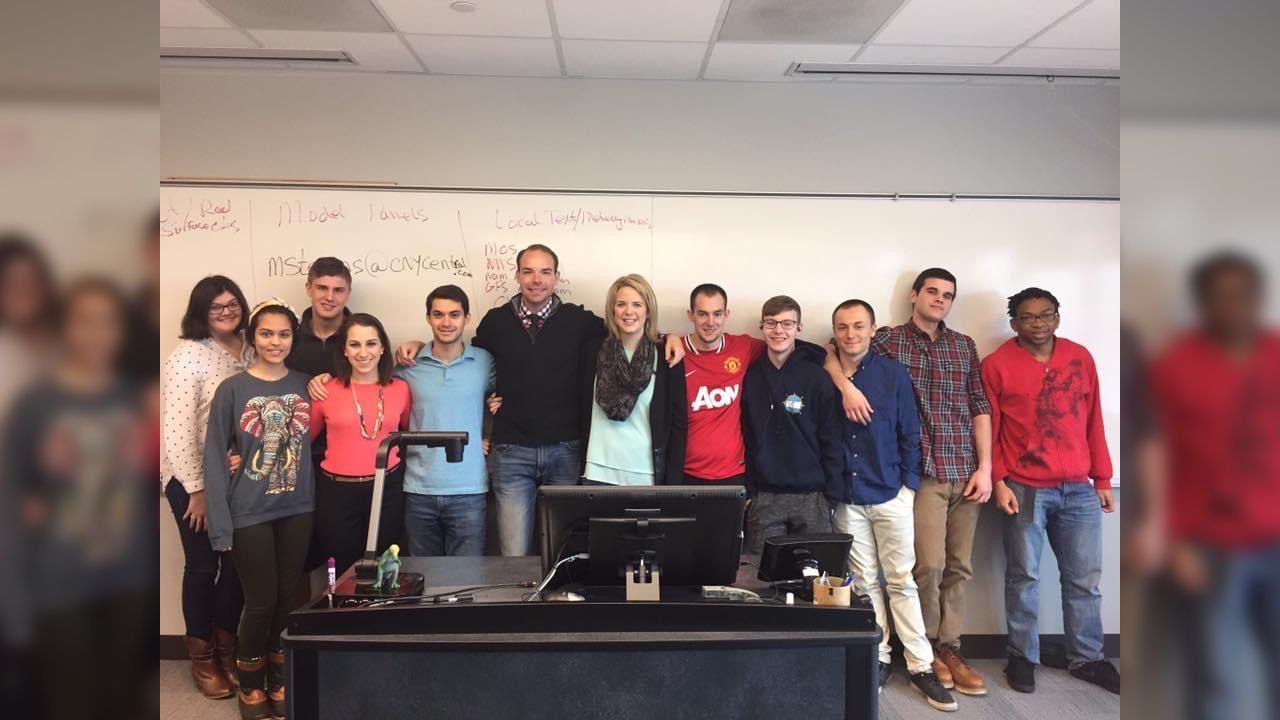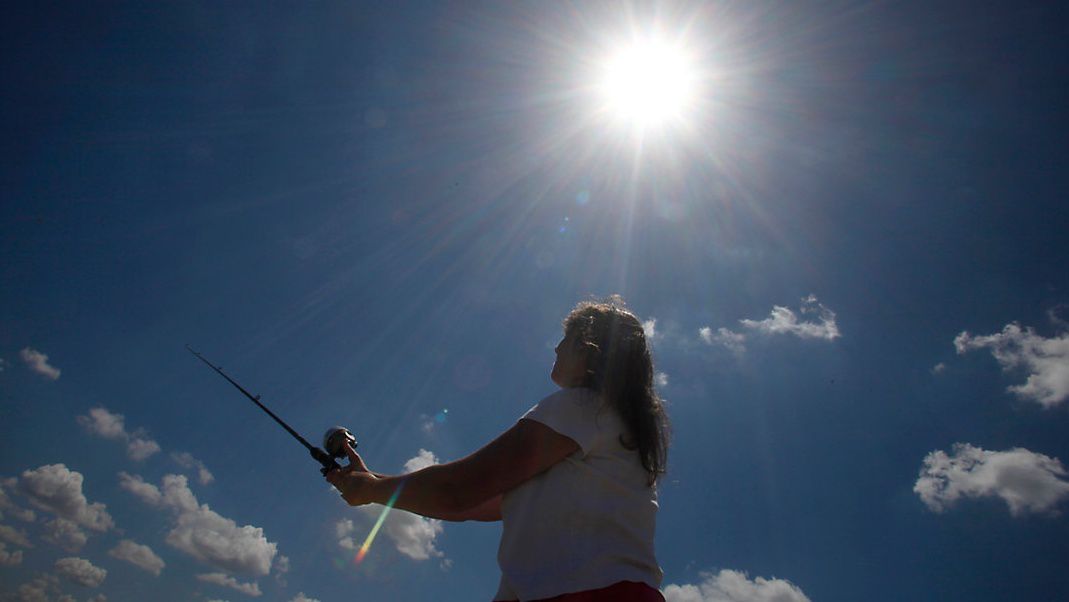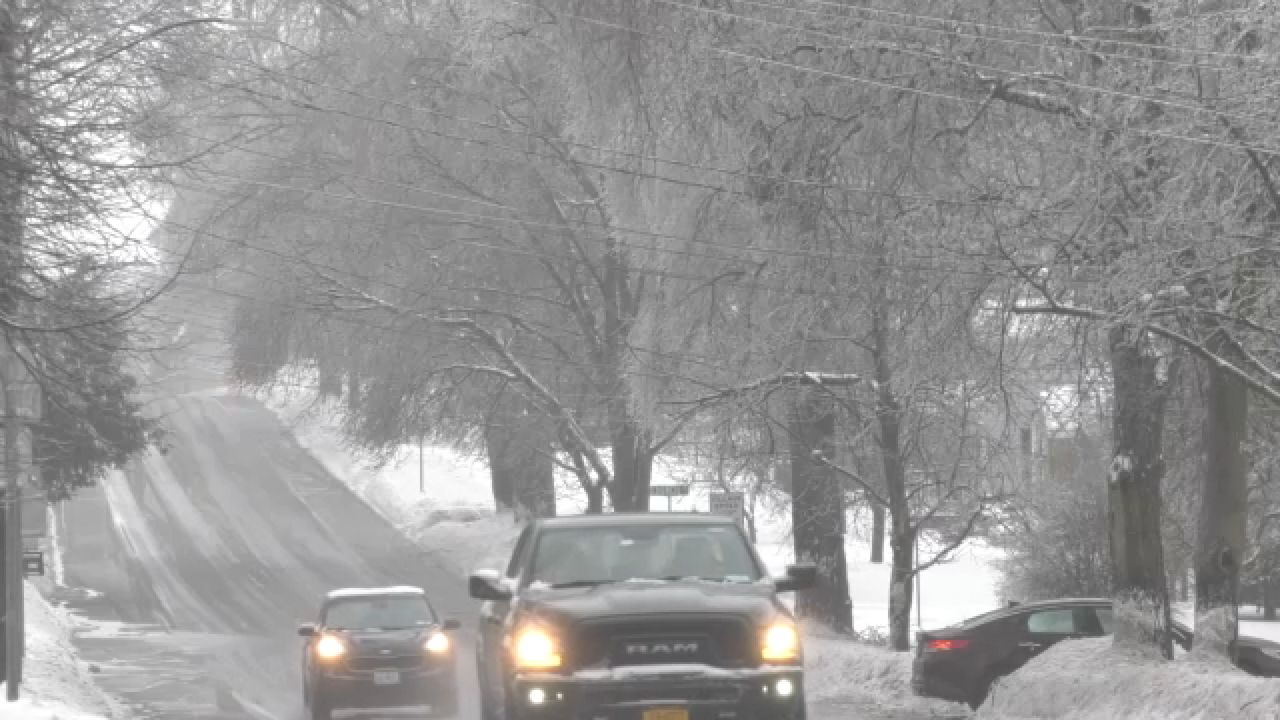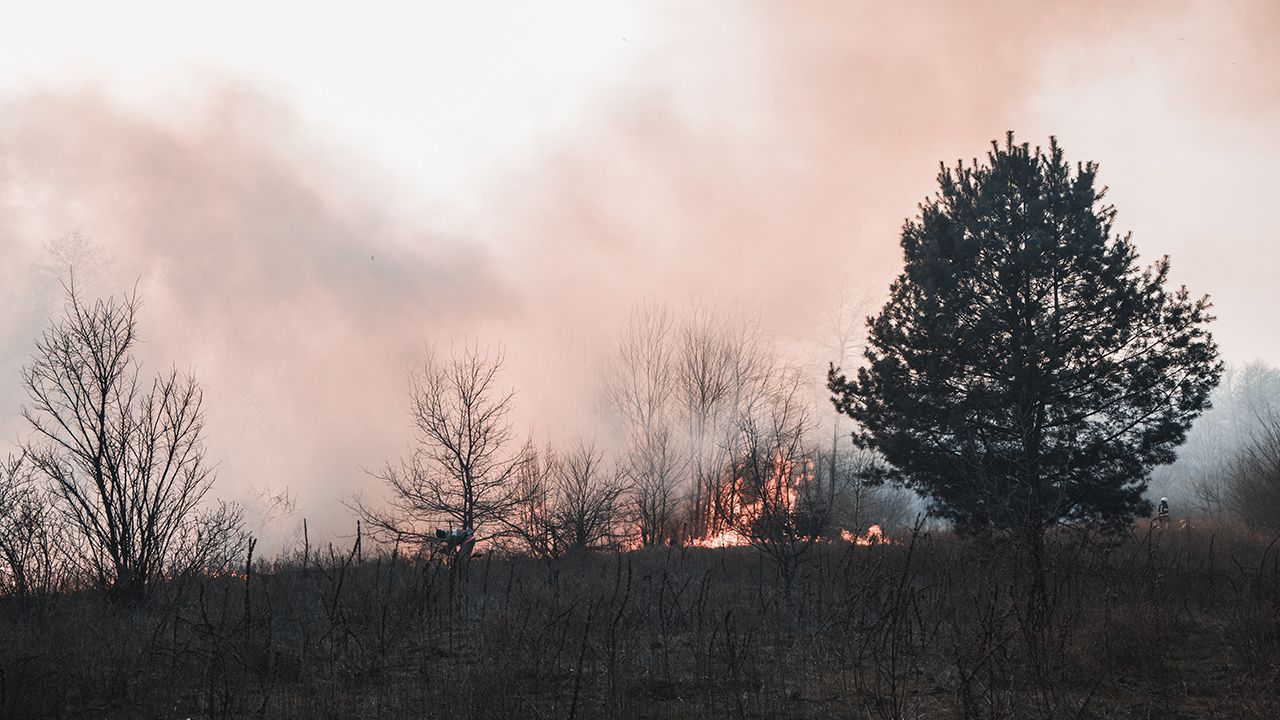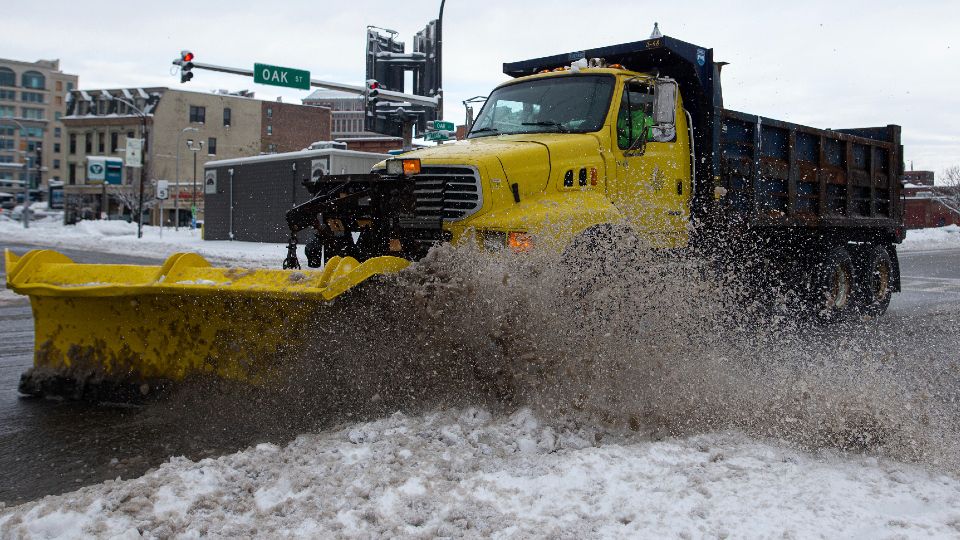With many colleges back in session, a new class of meteorologists will start their journey in the world of weather.
Some of these students may want to use their meteorology degree to do research, others may want to work for the National Weather Service, while some have dreams of being a broadcast meteorologist. To become a broadcast meteorologist, you need a degree in meteorology. There are public speaking classes you can take, but they are not required for someone pursuing a career on TV.
At SUNY Oswego, there is a unique class offered for students that want to sharpen their public speaking skills and learn how to become more comfortable in front of the camera. Broadcast meteorology is offered to juniors and seniors on campus each spring semester. This course was offered when I went to school there over 12 years ago and has been taught by a meteorologist that is currently working for a news station.
I have had the honor of teaching this course for the past five years. Being an adjunct professor at SUNY Oswego, I get to work with students on becoming a better forecaster, learning the technology used to create weather graphics, talking about weather in a way viewers will relate to, and becoming more comfortable in front of a green screen.
You know how the saying goes: practice makes perfect, and this couldn't be more true for a broadcast meteorologist. When giving a weather forecast on any given day, we talk on live television with no script or teleprompter - it's all off the top of our head. Of course we prepare what we are going to say by forecasting and making graphics, but this is a skill that takes time to master.
Working in front of a green screen is not as easy as it seems. Moving in a natural way on the weather wall while clicking through graphics and talking can be like walking, patting your head, and rubbing your stomach at the same time. It can take a few years to really master the skills to be natural and confident on TV.
Many of my students go on to have careers in TV and some of them work on my weather team today. It's been one of the most fulfilling things I've done to teach the next generation of broadcast meteorologists and to watch them grow in the matter of just a few months.
As we make advances in the field of meteorology as well as technology we use in broadcasting, I am excited to continue my work in the classroom for years to come!




